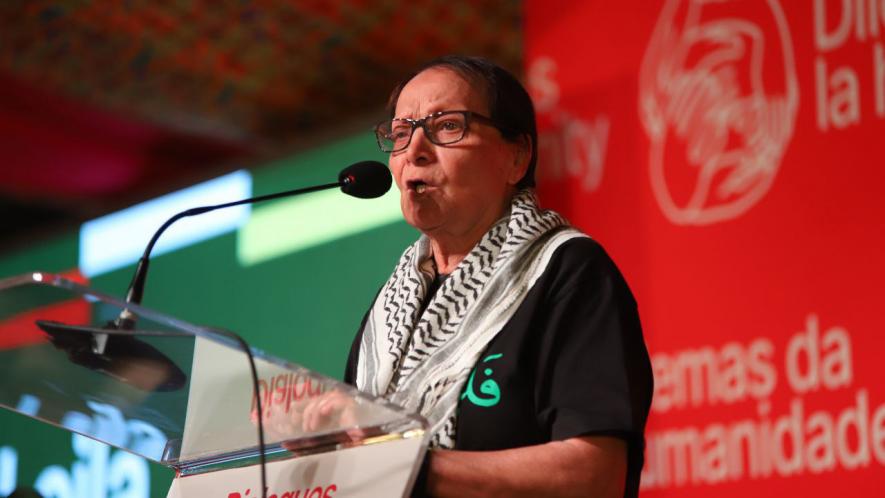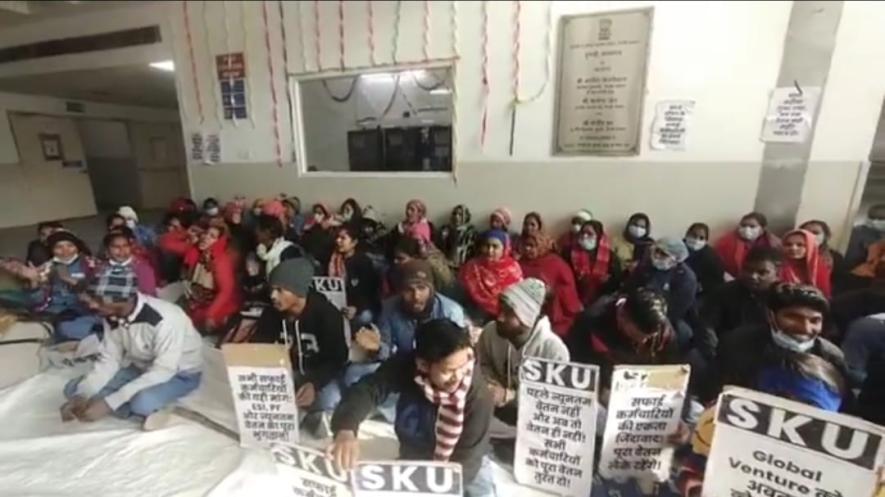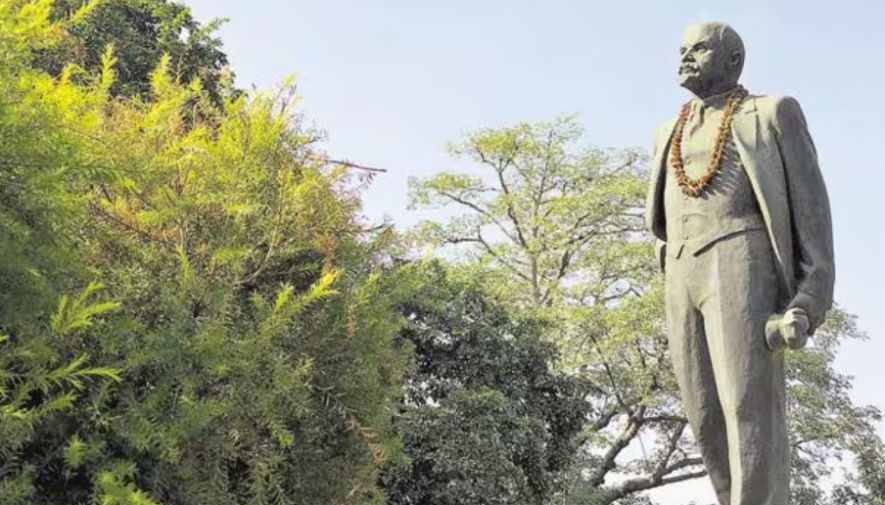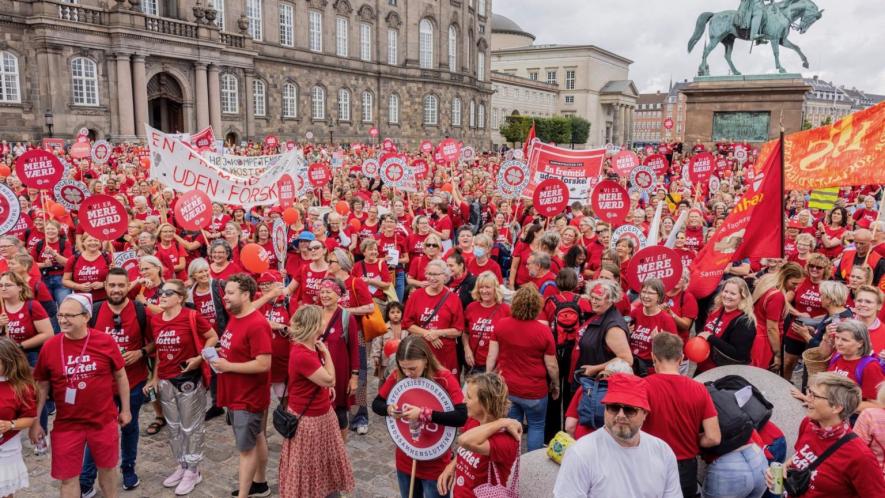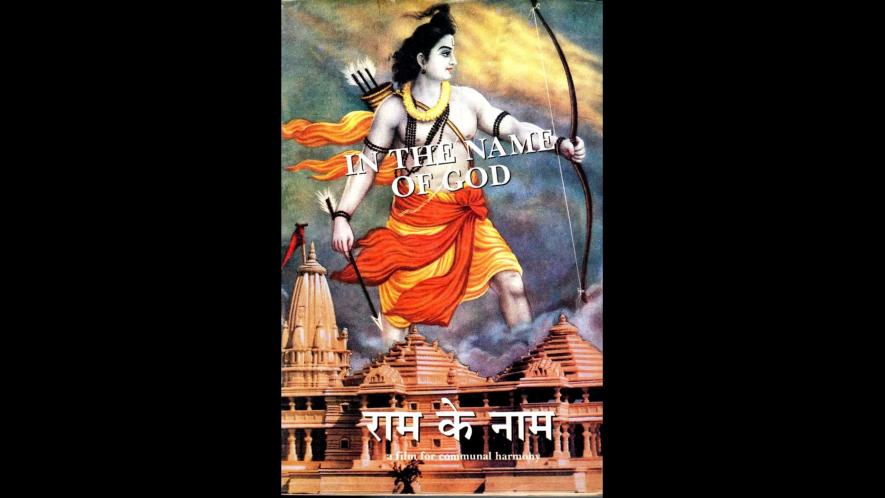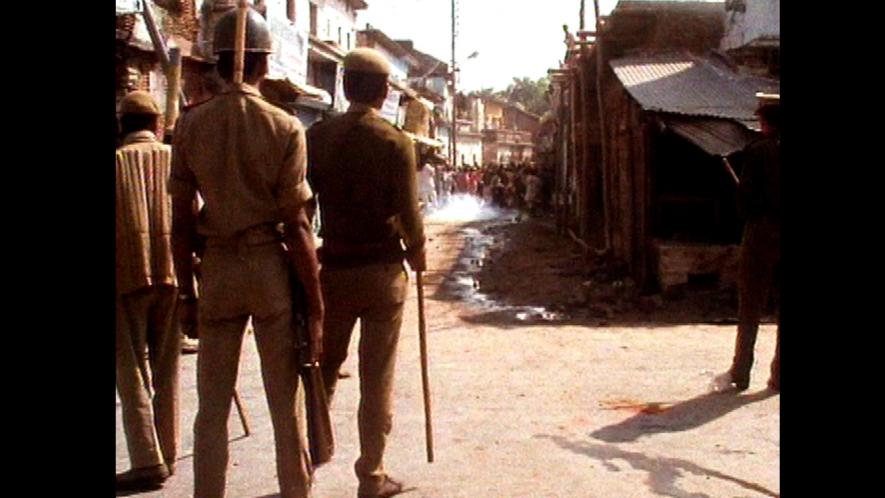Bengaluru and Climate Justice: Who’s Most at Risk?
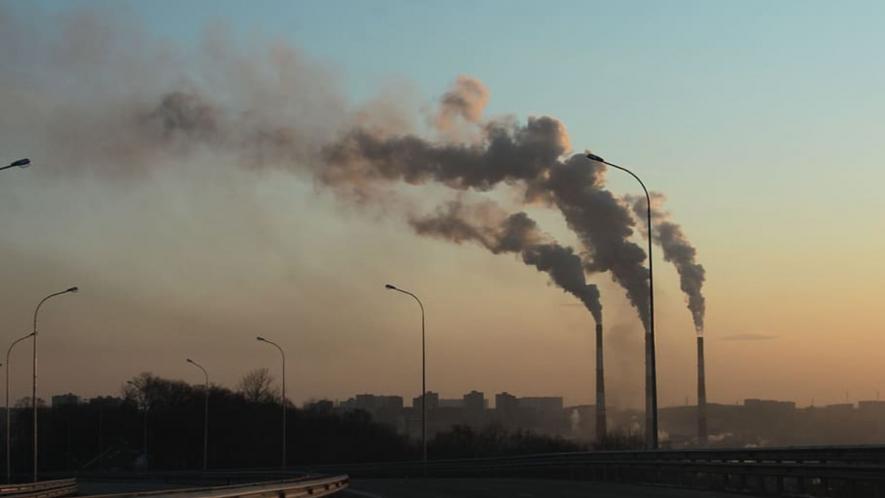
Representational Image. Image Courtesy: Wallpaper Flare
The city of Bengaluru has always stood as a perfect example of rapid urbanisation and technological advancement, even on the global stage. Behind such prestigious credentials lie issues such as a spiralling population, unregulated influx of industries, and a dynamic consumption pattern, ultimately leaving the city to grapple with unfaltering challenges such as traffic management, water availability and waste management. Infamously called the ‘science city’ of India, one is naturally inclined to believe that the city is built on principles of inclusivity and that its officials function with a deep sense of pragmatism and accountability. Unfortunately, the ground reality of the city in recent years has been far from such ideals. One such sector that sticks out as a standing example is waste management.
While the city has been focusing on urban development, there's a noticeable lack of attention to climate resilience and mitigation—a pressing concern that became evident during the Covid-19 pandemic as well as during extreme weather events such as the floods in 2022, wherein residents were pushed to act promptly to mitigate damage to the best of their ability as the civic bodies watched from the sidelines. This indicates that administrative officials have a very limited understanding of climate change and its impacts on city planning. However, the Bruhat Bengaluru Mahanagara Palike (BBMP) pledged to develop a climate action plan consistent with the Paris Agreement and addresses both “the need to reduce greenhouse gas (GHG) emissions and adapt to the impacts of climate change”, all while the city was still recovering from the pandemic.
Over the years, inefficient waste management and irresponsible waste disposal have consistently grabbed headlines in the city news, shedding light on various shortcomings. These reports almost always emphasise the pressing need for more state-of-the-art, inclusive solutions, particularly given the recent surge in urban developmental activities and escalating climate change concerns. Bengaluru and its surrounding areas host multiple landfills managed in an unscientific manner, raising repeated questions about their adverse and highly irreversible consequences. Landfills at Mandur, Singasandra, Mittaganahalli, and more have faced scrutiny.
The BBMP has been sluggish in implementing scientific waste management, often leading to judicial intervention from the High Court of Karnataka and the National Green Tribunal. A poignant example of this indifference is the case of Mavallipura. Situated in the Bengaluru North zone, the residents of villages in and around Mavallipura have sadly endured the city’s negligent waste disposal practices for over two decades. Stemming from an illegal lease agreement concluded in 2003, which allowed the BBMP to use a private farmer’s land as a landfill, the residents in the peripheral areas of the village have borne the harsh consequences of these landfills.
Toxic leachate from the landfills made its way into everything that the people of Mavallipura depended on for their sustenance- water, air, soil, crops, fodder, milk and other animal produce. The struggle to close these landfills was long-fought and, at most times, violent but successful. However, the generational damage was done by then, causing the local communities to approach the High Court of Karnataka in 2012.
Even after over 10 years, the legal battle for compensation, restoration of land, and better waste management systems continues, and so do the ill effects of the landfill. Today, in 2023, the residents in and around Mavallipura face a double-edged sword. Not only are they already impacted by the existing landfills, but climate change and its visible repercussions on their lives and livelihoods have further pushed them to distressing living conditions.
A recent visit to Mavallipura and interactions with the local community revealed how climate change has evidently wreaked havoc in the villages, especially in the ones near the landfills.
The most commonly observed phenomenon concerning climate change was the inconsistent changes in weather patterns. Given that most of the villagers were agriculturalists and pastoralists by occupation, they vividly described the difference in climate with respect to rainfall patterns and how that affected their crop yield and grazing fields. Collective concerns were raised over large-scale concretisation in the area, which affected agriculture with respect to loss of land, soil fertility, water and air quality and contributed to the loss of biodiversity.
In the course of the interaction, residents recognised key impacts on livelihood, health, biodiversity and culture. What echoed most was the contamination of clean water despite multiple orders from the Karnataka High Court directing the installation of RO water plants in the locality. Out of 24 such plants installed, only three are functioning, and none are being serviced and monitored regularly. The leachate from the 20-year-old landfills has penetrated the ground, making even groundwater unfit for human consumption. This compels the residents to rely on rainfall to meet their needs for agriculture and the unsupervised and potentially harmful water from the RO plants for drinking.
The reliance on rainfall is again problematic as Bengaluru has been facing dry spells and higher temperatures that are attributable to climate change. Untreated water and scarcity have also affected yield quality, which forces agriculturists to use fertilisers and unnatural additives to meet market requirements and for crops meant for self-consumption. Pushed to consume substandard water and food, waterborne diseases like cholera and chronic illnesses such as meningitis, kidney failure, asthma, cancer and other skin diseases have become an inseparable part of their lives. This situation has been extrapolated because of unpredictable weather patterns on the one hand and several systemic malfunctions at the end of the concerned authorities on the other hand.
Just when one thinks that the people of Mavallipura have suffered enough, it does not stop there. Such climate change-induced concerns with regard to health, water and food security have led to larger social implications. Residents speak of how all such issues combined have created a stigma in neighbouring villages and other communities where they are blindly rejected as prospects for marriage as there is a preconceived notion that marital issues, such as infertility, abnormal births, etc., arise from such possible marriages. This situation is dangerous as such added social stigma worsens the plight of these villagers who are already victims of caste discrimination.
With all this in mind, the residents of these villages suggest a shift towards promoting natural farming practices, ensuring secure land rights for farmlands, and protecting indigenous knowledge, especially concerning agriculture and seed varieties. The residents underscored the importance of mandating rainwater harvesting structures for every household and emphasised the cleaning and restoration of water systems. The region urgently needs regular monitoring of water quality coupled with the effective operation of Reverse Osmosis (RO) plants. An increase in green cover to bring down local temperatures and improve the local peripheral urbanisation was echoed by many among the locals to mitigate the impacts of climate change. The establishment of special public food distribution schemes, affordable and nutritious canteens, and dedicated veterinary support for livestock are other immediate steps suggested by the impacted community.
Given the current state of affairs, the city of Bengaluru recently released a Climate Action and Resilience Plan (BCAP) to achieve net zero emissions by 2050. The plan has been strategically devised using a three-pronged approach wherein consultations were held with government departments, academia, experts, and practitioners and zonal-level training sessions in eight zones involving ward-level nodal officers on climate mitigation and resilience strategies. However, it is feared that this plan has left out the voices of different vulnerable groups around the city who are inevitable targets of amplified impacts of climate change and non-inclusive city planning.
The plan includes the establishment of a dedicated Climate Action Cell within BBMP to ensure the efficient implementation of the BCAP and a #BluGreenUru campaign, urging citizens and stakeholders to actively participate, contribute, and collaborate in conserving, restoring, and integrating Bengaluru's natural infrastructure. While the initiative is much needed and underscores the collective responsibility of every individual and organisation to enhance Bengaluru's resilience against the impacts of climate change, it thickens the bureaucracy barrier as both such initiatives may not reach the most marginalised who already struggle with having little access to infrastructure, technology, familiarity with language or even understand climate change.
Such interactions emphasise how important it is to have such dialogues with different vulnerable groups who are affected by climate change in different ways, given social, economic, occupational, and geographical differences. In this regard, learning from the pandemic, it is time for the city to start focusing and functioning from the ward level. It is critical to hear the voices of the most marginalised and map the city's most vulnerable areas for floods and a range of parameters crucial to reducing climate risk.
This mechanism of a ground-up approach is necessary to ensure no one is left behind and to help address every gap so that the climate action plan is not only inclusive but robust, and that, therefore, calls for authorities to consider recommendations from the ward level. Climate change, in a way, has underlined the need for hearing out such vulnerable communities. At such a critical time, the true meaning and purpose of the 73rd and 74th Constitutional Amendments should be realised and enforced effectively.
(The author is a Research Associate (Legal) at Environment Support Group. Views expressed are personal.)
